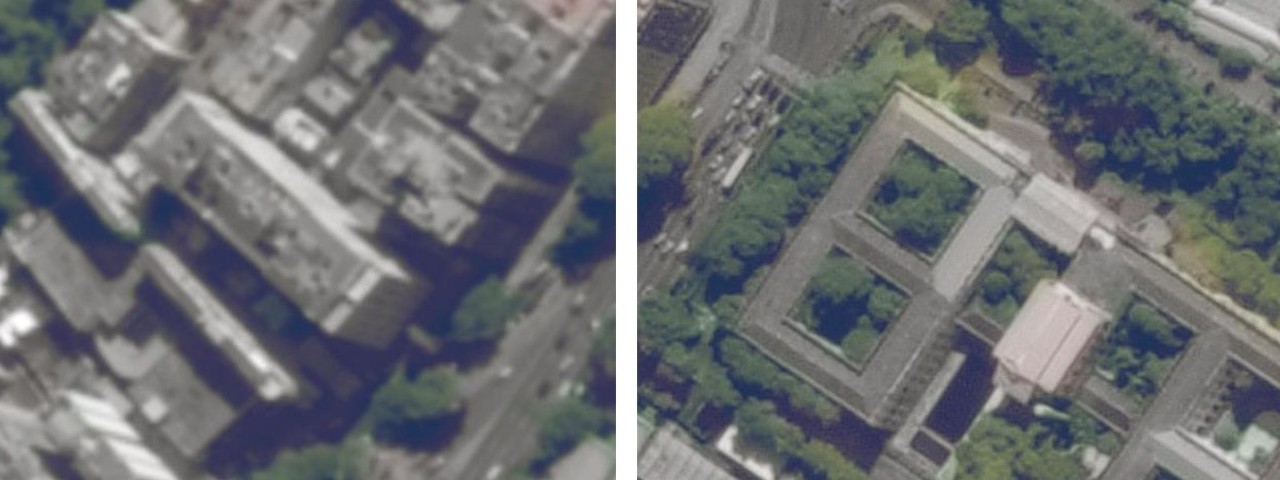Thanks to the progress which has been made in image processing algorithms, zooming images on-board a satellite to discover more details is no longer science fiction. Super-resolution (SR) reconstruction will change the existing image processing techniques to support decision-making in areas such as land mapping, spatial planning, and rapid responses to emergencies. The European Space Agency (ESA) has awarded KP Labs a project aimed at improving the spatial resolution of Sentinel satellite images.
The developed technologies will allow enlargement of the satellite photo several times, enabling substantially more details to be seen. Earth images are provided by European Sentinels and American Landsat satellites. Thanks to solutions developed within the framework of the DeepSent project, it will be possible to extend and maximise the use of images from these previous, older, satellites. Although KP Labs is developing its technologies mainly for the space industry, the solutions are also irreplaceable in the case of other terrestrial issues.
“The main goal of the DeepSent project (Deep learning-based multiple-image super-resolution for Sentinel-2 data) is to enhance the capacities of super-resolution reconstruction applied to multispectral Sentinel-2 images, especially if multiple images of the same region, captured at a different time, are available. This is planned to be achieved by adapting existing deep neural networks, which were very recently proposed for dealing with multiple-image super-resolution, to process the data acquired by the Sentinel-2 mission” – Michał Kawulok, DSc. KP Labs, Research Scientist.
The super-resolution techniques allow you to enlarge your photos in such a way that instead of seeing a grid of pixels, you receive a clear high-resolution picture. In order to obtain this effect, we will focus on developing algorithms for selecting the data for learning deep networks so that they perform super-resolution reconstruction as effectively as possible. Obtaining high-quality training data is pivotal for the operation of the super-resolution algorithms.
As Professor Michał Kawulok explains, “the existing networks will be applied to super-resolved the Sentinel-2 images in a band-wise manner (each band will be treated independently), and then KP Labs will attempt to exploit the correlations among the multiple bands. Such an approach will be enhanced so that the developed network can be presented a multispectral image at the input to generate a high-resolution output. An important goal of the DeepSent project is to develop techniques addressed at raising the quality of the data used for training deep models.“

This figure shows an example of how the algorithms improve the quality of the satellite image, increasing the number of visible details and features.
